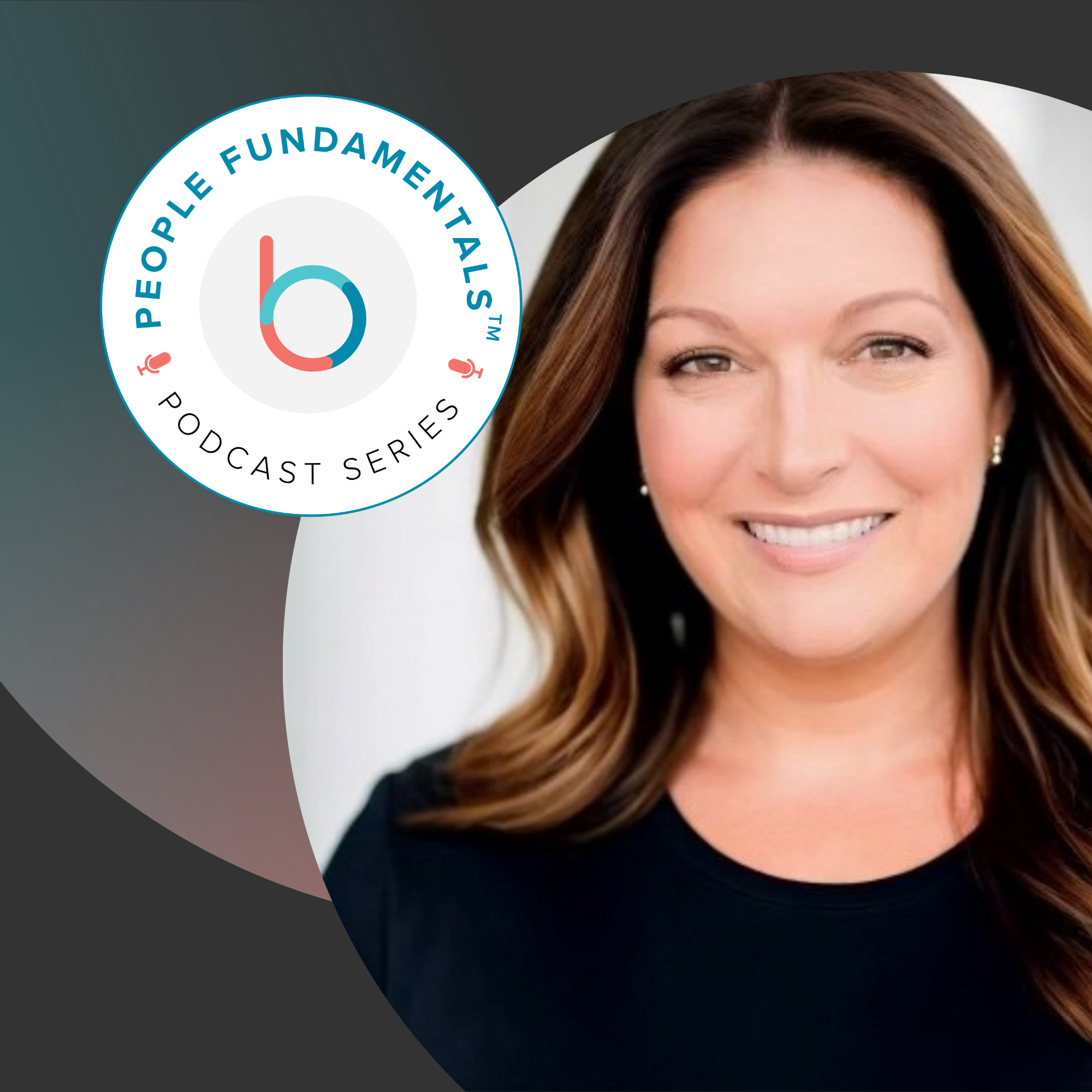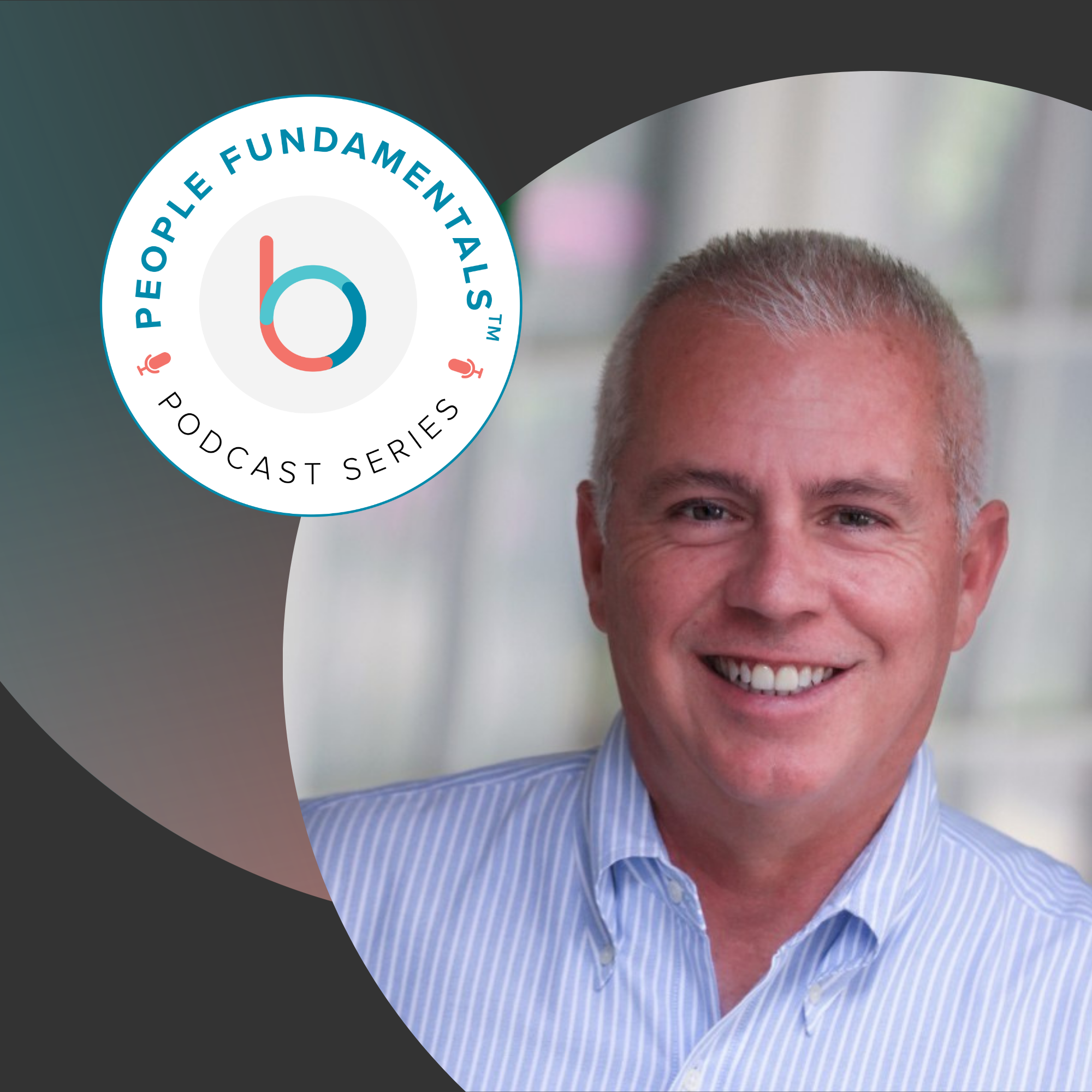Laszlo Bock, the SVP of People Operations at Google and advisor to BetterWorks, recently sat down with our CEO Kris Duggan to discuss—in great length—objectives and key results (OKRs).
This type of goal setting helped Google grow from 40 Googlers to the over 60,000 it employs today. At BetterWorks, we’re inspired by what Google has accomplished throughout the past two decades and are bringing this same, powerful goal setting to the masses with our platform.
If OKRs are how Google gets its superpowers, then no doubt we all have lessons to learn from their model. We’ve paraphrased a few of Laszlo’s insights from the webinar below, and you can listen in length here.
What Laszlo thinks about OKRs
Most people set goals as if they were sailing: “Oh, I guess this is my goal, I’ll do whatever. I’ll get there.” OKRs starts with the objective, which is the goal that you actually want to get done and add in key results, the specific measurements that demonstrate you’re actually achieving that goal. It sounds so simple yet most goals are extremely complex. For example, a goal like “I want to be a number one sales leader,” doesn’t address what’s needed to get there, like revenue targets and customer satisfaction. Goal setting with the OKR method requires the actual numbers and key results to add up to how you’re going to get your objective done.
How transparency impacts Google
For as long as I’ve been here, we have a quarterly goal setting process with an annual cycle added in. Everybody sets goals. Everybody sets OKRs. You can look up anyone’s goals, anyone’s key results and see what they’re doing – which has some really cool benefits. For example, you actually need to manage less when you have a transparent system. I worked for a really large company before Google and the planning process was broken into two six-month cycles where we spent those six months figuring out what our plans are and another six months measuring performance for a midyear update. Then you start the planning process again, so you’re always planning and never actually focusing on driving the results.
Instead (at Google) we make things transparent to everybody and everyone understands where we’re going at all times and adapts their goals accordingly. It takes a cycle or two, a quarter in our case, to get everything to sync. Immediately, the annual goals go up and 70% get synced—and by the end of the quarter you’re at 80-90%. Transparency means you actually have to manage less because people understand not just what the boss says to do, but what everyone else is doing and how it all fits together.
OKRs allow us to eliminate cascading level after level after level, which requires meeting after meeting after meeting. You publish the key big priorities and initiatives that need to get done, and let people fill in the details of how they’re going to get it done.
When you give people control over their own goals, they attain them
When people come up with their own goals, they feel a great bond with them. It’s no longer a top-down quota that trickles down to you as the employee. You can look at your customer base and figure out what you need to do, and here’s how we can work more effectively as a team. People care more about their goals because they have a sense of urgency.
At Google, we see less sandbagging and less politics than you would in a traditional system where employees get rewarded for exceeding their goals. At Google, with our OKR system, everybody puts their goals out there and my individual goals don’t matter as much as how we end up as a team and how I do over time. If I overachieve one quarter, it’s ok to be honest about that because on average, our goals are going to add up to whatever the company needs. It’s also helpful for managers to look across the organization and see immediately when somebody is hitting it out of the park, or swinging and missing all the time. This transparency causes a very clear signal not just for managers, but also for other employees. By virtue of being transparent, you kick off all these virtual cycles that reinforce you to actually get work done. The management tack is zero and it’s amazing.
Stay tuned for part 2 of the webinar recap, or tune in to the full recording here.






